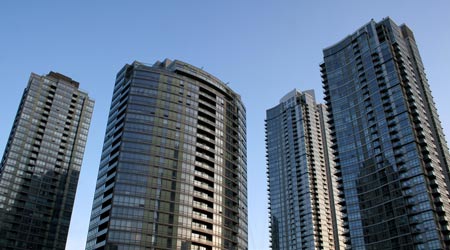
Occupants Create Gap Between Facility Design And Energy Performance
June 9, 2016
Why do our buildings fall short of their designed energy performance? The hybrid vehicle falls short because of how it’s operated and maintained. We drive faster than we should; stop in a shorter distance; operate the heating and air conditioning at comfortable levels; load up the back-end with groceries, the family dog, and whatever else we might need to take along; and the car itself ages and the performance of the engine and hybrid system degrades.
These changes from design conditions all impact the fuel performance — to the tune of up to 12 miles per gallon less than advertised by the manufacturer. Our buildings are no different. We frequently operate our buildings in a way that requires them to work harder than designed while the systems themselves are aging and therefore becoming less efficient and less effective. Operational changes that happen to accommodate the people who use a facility — scheduling, use of a given space, renovations and expansions, occupancy, and application of building automation and controls systems — can create a major gap between designed performance and actual energy consumption.
Fortunately, there are three ways to achieve and potentially exceed the designed level of performance for nearly any building. Through capital-investment improvements, operational changes, and behavioral modifications, we can get more out of our buildings. This is much like the hybrid car, where you can buy better tires, drive at more fuel-efficient speeds, and choose to limit excess weight from items stored in the car. For buildings, we can invest in energy-efficient systems such as lighting, building operators can adjust heating and cooling schedules, and occupants can adopt better habits like shutting off lights when leaving a room.
When all three energy performance methods come together, a facility can operate at top efficiency. But if your organization is not ready to invest in a comprehensive overhaul, what’s the first step to saving energy? Start with people. If your occupants develop good habits today, you will be well-positioned to maximize future capital improvements.
This Quick Read comes from Ashley Ruiz, program manager for McKinstry’s powerED program, a behavior-focused energy awareness and operational efficiency program, and Jesse Sycuro, P.E., CEM, LEED AP, the operations manager for McKinstry’s Energy Management group. Read more from them about ways to use occupant behavior to reduce energy consumption.
Next
Read next on FacilitiesNet












